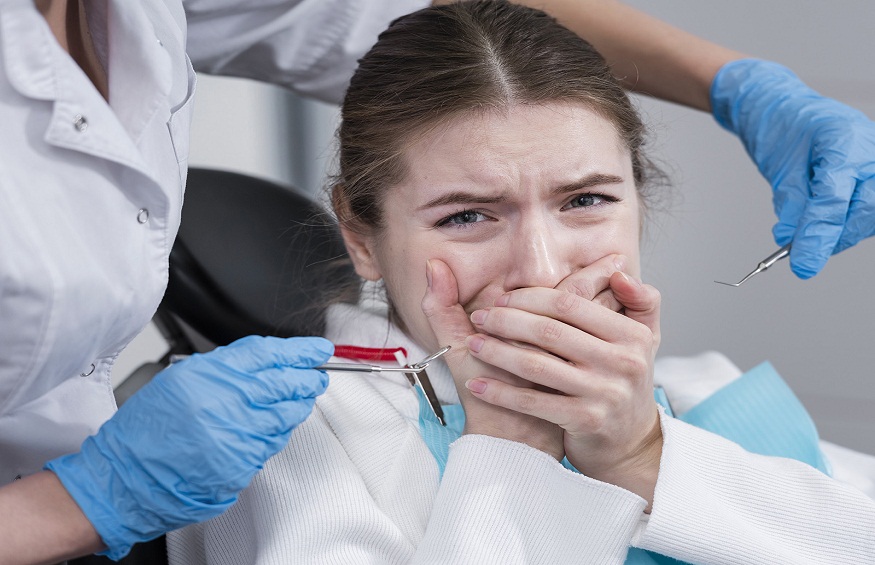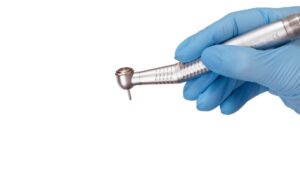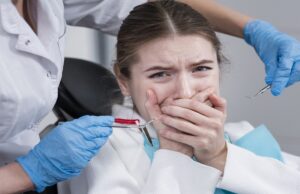Order of Tooth Eruption in Babies: From Birth to Age 3
2 min read
Understanding the order in which primary teeth emerge is crucial for parents and caregivers. This natural process not only marks significant developmental milestones but also impacts a child’s overall health and well-being. Here’s a detailed guide on the typical order of primary tooth eruption in babies from birth to age three.
1. Birth to 6 Months
During this period, infants typically have no visible teeth. However, their teeth are developing beneath the gums, preparing to emerge in the upcoming months
2. 6 to 10 Months: Lower Central Incisors
The first teeth to appear are usually the lower central incisors. These teeth typically erupt between 6 to 10 months of age. They are the two bottom front teeth and are often the cause of teething discomfort for babies.
3. 8 to 12 Months: Upper Central Incisors
Following the lower central incisors, the upper central incisors emerge next. These top front teeth usually appear between 8 to 12 months of age.
4. 9 to 13 Months: Upper Lateral Incisors
Shortly after the upper central incisors, the upper lateral incisors make their appearance. These are located on either side of the upper central incisors and typically erupt between 9 to 13 months of age.
5. 10 to 16 Months: Lower Lateral Incisors
The lower lateral incisors, which are situated beside the lower central incisors, usually emerge between 10 to 16 months.
6. 13 to 19 Months: First Molars
The first molars are the next set of teeth to erupt. These larger teeth appear both on the upper and lower jaws, typically between 13 to 19 months of age. They are located towards the back of the mouth and are crucial for grinding food.
7. 16 to 22 Months: Canines (Cuspids)
The canines, or cuspids, are the pointed teeth located next to the lateral incisors. These Dentist teeth usually emerge between 16 to 22 months on both the upper and lower jaws.
8. 25 to 33 Months: Second Molars
The second molars are the last set of primary teeth to erupt. These teeth appear at the back of the mouth on the upper and lower jaws, typically between 25 to 33 months of age.
Conclusion
By the age of three, most children have a full set of 20 primary teeth. It’s important to maintain good oral hygiene practices from the early stages of tooth eruption to ensure healthy development and prevent dental issues. Regular visits to a pediatric dentist in Guadalajara can help monitor your child’s dental health and address any concerns promptly.
By understanding the typical timeline of tooth eruption, parents and caregivers can better anticipate and manage the teething process, ensuring a smooth transition through these important developmental stages.





